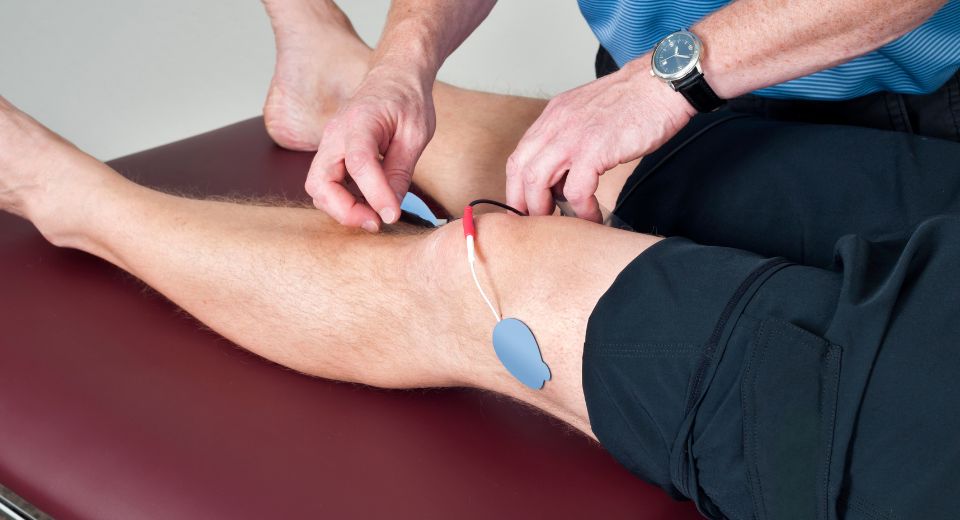Physical therapy is a medical discipline that has earned its place in the healthcare landscape as a crucial element of rehabilitation and injury prevention. It encompasses a wide range of techniques, exercises, and modalities aimed at restoring and enhancing the physical function of individuals. This article delves into the world of physical therapy, examining its benefits, purpose, what it entails, and the reasons why people seek its services.
Understanding Physical Therapy
Physical therapy, often abbreviated as PT, is a healthcare profession primarily concerned with optimizing and restoring the physical abilities of individuals who may be dealing with various conditions, injuries, or disabilities. The primary goal of physical therapy is to improve the patient’s mobility, reduce pain, and enhance their overall quality of life. Physical therapists, or PTs, are highly trained professionals who work with patients to design personalized treatment plans based on their unique needs and goals.
The Benefits of Physical Therapy
Physical therapy offers numerous benefits that extend beyond the rehabilitation of injuries. Some of the key advantages of PT include:
- Pain Reduction: One of the most common reasons people seek physical therapy is to alleviate pain, whether it’s caused by injuries, chronic conditions, or surgery. PT utilizes various techniques such as manual therapy, exercises, and modalities like ultrasound or heat to manage and reduce pain.
- Improved Mobility: Physical therapy helps individuals regain or improve their range of motion and overall mobility. It is particularly beneficial for patients recovering from surgeries or suffering from musculoskeletal conditions like arthritis.
- Injury Prevention: Physical therapists not only treat injuries but also work on preventing them. By assessing a patient’s biomechanics and identifying risk factors, PTs can create exercise regimens and strategies to reduce the likelihood of future injuries.
- Enhanced Function: For those dealing with physical impairments, physical therapy can significantly improve their functional abilities. This includes activities of daily living, such as walking, climbing stairs, or getting in and out of a car.
- Personalized Care: Each patient’s treatment plan is tailored to their unique needs and goals, ensuring a personalized approach to recovery. This individualized care plays a crucial role in achieving optimal outcomes.
- Non-Invasive Alternative: Physical therapy often offers a non-invasive alternative to surgery, allowing patients to recover without the risks and recovery time associated with surgical procedures.
- Chronic Condition Management: PT can help manage chronic conditions such as diabetes, osteoarthritis, and multiple sclerosis. It focuses on relieving pain and improving overall physical function, enabling patients to lead a more fulfilling life.
The Purpose of Physical Therapy
The primary purpose of physical therapy is to enhance the physical well-being of individuals, but it serves a broader range of objectives:
- Rehabilitation: Physical therapy plays a pivotal role in rehabilitating individuals following surgery, accidents, or injuries. This includes helping patients regain strength, mobility, and functionality in affected areas.
- Pain Management: By employing various techniques and modalities, physical therapy aids in managing and reducing pain associated with acute or chronic conditions. This enables patients to experience an improved quality of life with less discomfort.
- Restoration of Function: PT focuses on restoring the function of impaired body parts, allowing individuals to perform daily activities with greater ease. This is particularly important for people with disabilities or those recovering from illnesses.
- Education: Physical therapists educate their patients about their conditions and the importance of exercises and lifestyle modifications. This empowers patients to take control of their health and make informed decisions.
- Preventive Care: PT offers guidance on injury prevention by assessing movement patterns, posture, and muscle imbalances. This helps individuals reduce the risk of future injuries and maintain a higher quality of life.
- Enhancing Quality of Life: Ultimately, the purpose of physical therapy is to improve the overall quality of life for individuals. It enables them to lead more active, independent, and pain-free lives.
Why People Seek Physical Therapy
A wide range of individuals, from athletes to seniors, seek the services of physical therapists for various reasons:
- Post-Injury Rehabilitation: After accidents, surgeries, or sports-related injuries, people turn to physical therapy to regain strength and functionality in affected body parts. PT plays a crucial role in helping patients return to their normal lives.
- Chronic Pain Management: Individuals suffering from chronic conditions like arthritis, fibromyalgia, or lower back pain often seek physical therapy to manage their symptoms and improve their daily functioning.
- Pre-Surgical Preparation: In some cases, physical therapy is recommended before surgery to optimize a patient’s condition and improve their post-surgery recovery prospects.
- Post-Surgical Recovery: Following surgical procedures, physical therapy is essential for restoring mobility and function. It helps patients regain their independence and reduces the risk of complications.
- Age-Related Mobility Issues: As individuals age, they may experience reduced mobility, balance issues, or muscle weakness. Physical therapy can help seniors maintain or regain their mobility and independence.
- Sports-Related Injuries: Athletes frequently benefit from physical therapy to recover from injuries, enhance their performance, and prevent future injuries. PT programs are designed to suit the specific demands of various sports and activities.
- Neurological Conditions: Patients with neurological conditions like stroke, Parkinson’s disease, or spinal cord injuries often require physical therapy to improve their mobility, balance, and coordination.
- Developmental Delays: Children with developmental delays may undergo physical therapy to address issues related to their motor skills, coordination, or posture.
- Women’s Health Issues: Women dealing with conditions like pelvic pain, incontinence, or prenatal and postpartum issues may benefit from specialized physical therapy interventions.
Physical therapy is a versatile and essential healthcare discipline that focuses on improving the physical well-being of individuals across a wide spectrum of needs and conditions. Its benefits extend far beyond rehabilitation, encompassing pain management, injury prevention, and chronic condition management. The purpose of physical therapy is to enhance the overall quality of life, empowering individuals to regain their mobility and independence. Whether one seeks physical therapy for rehabilitation, pain management, or preventive care, its personalized and evidence-based approach offers a path to recovery and a higher quality of life.
Author: Brad Campbell, Marque Physical Therapist


